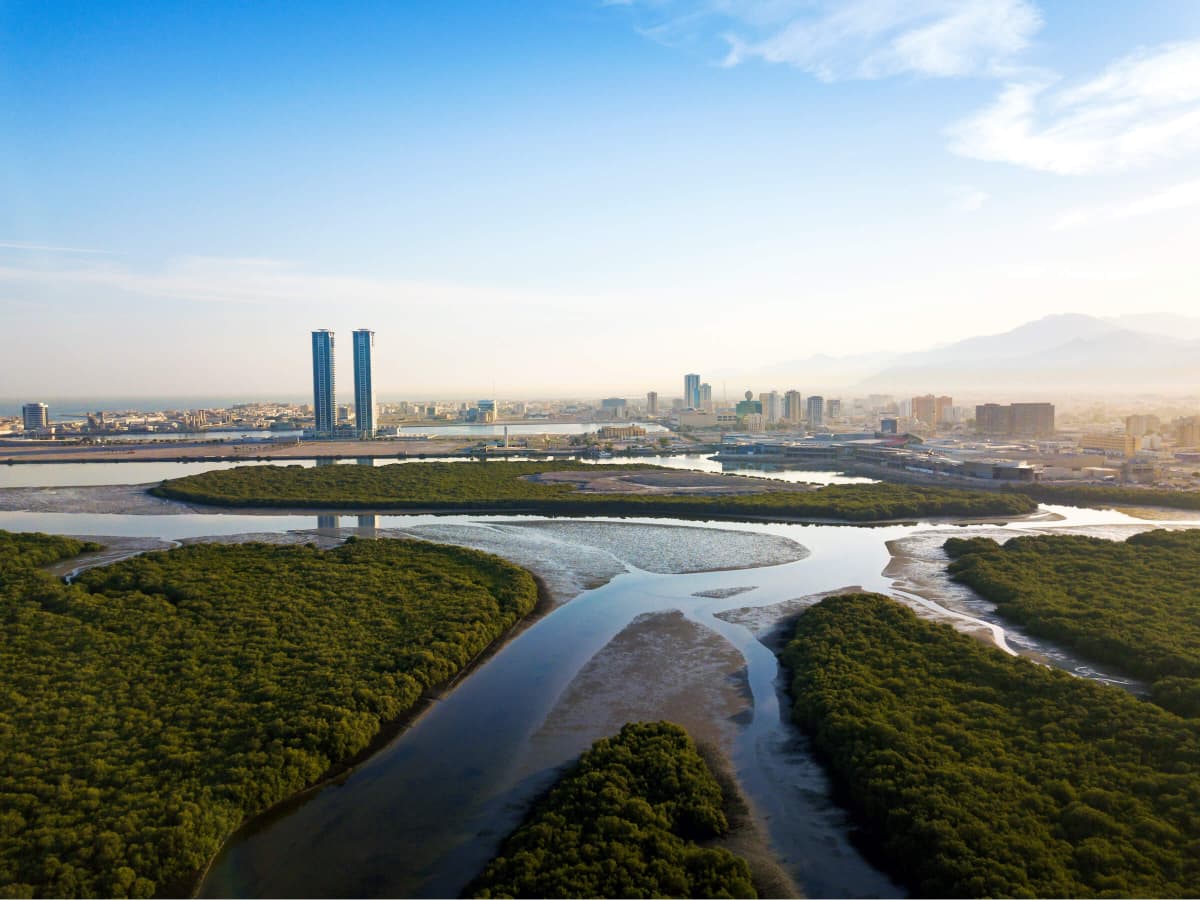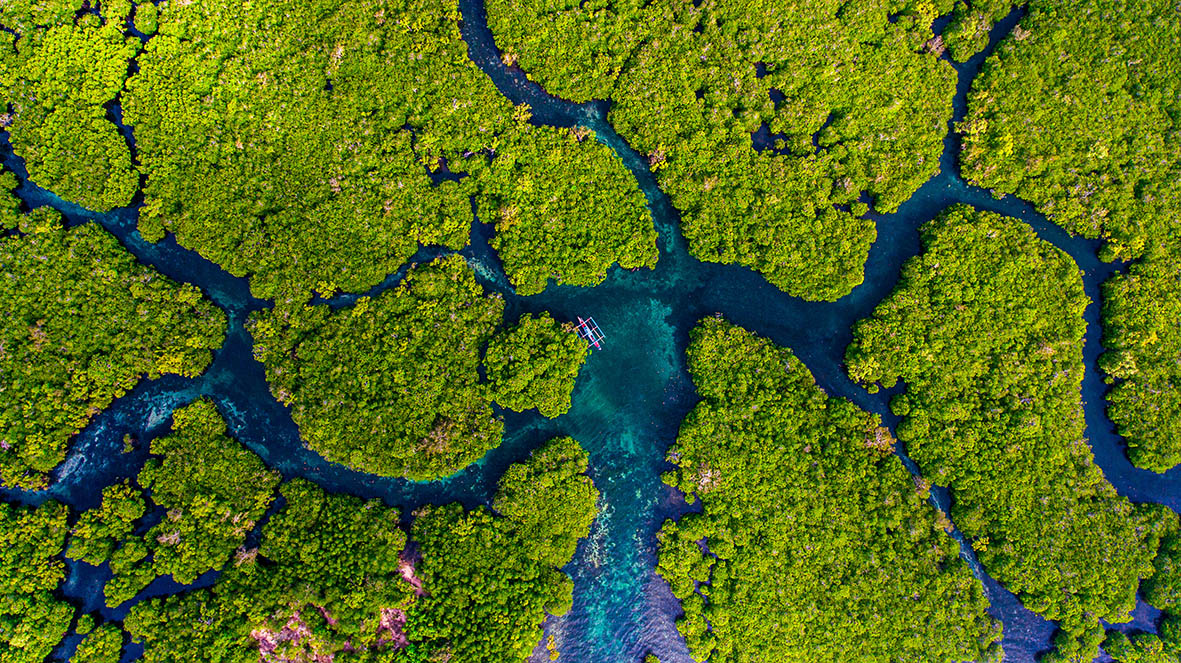Connecting global finance with nature’s capital.
We catalyse opportunities to connect global capital with companies and projects that value the Earth’s natural assets.

Global reach,
local connections
We work with private and public organisations to shape the understanding of planetary trends and future investment opportunities.















“Our vision is a world where global markets can invest in companies and economies that thrive in balance with the planet’s life-support systems.”

“Earth Security has shown their unparalleled ability to combine rigorous, well-researched insights with pragmatic action items, bringing the right partners to the table to move from talking to doing.”
- Esther Pan Sloane, Head of Partnerships, UN Capital Development Fund (UNCDF)
.webp)

the m40 fund
Developing a mangrove-positive investment fund
Validating a model for mangrove investments at scale.
The M40 programme, supported by the UBS Optimus Foundation, is identifying ways of investing in mangrove-positive business models, building the investment partnerships needed to support them, and developing The M40 Fund to enable investment at global scale.
Recent Highlights
Join us on the journey;
subscribe to our newsletter







